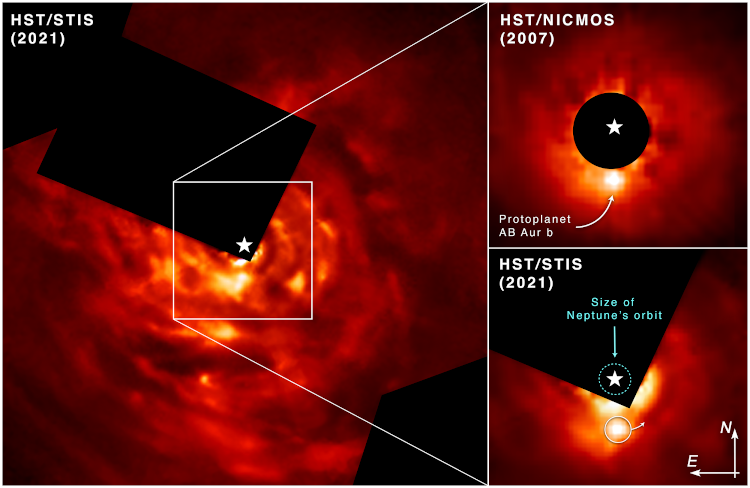Yes, indeed, like every year, we’re closing in on three principle events within April, and unlike some of the other ‘events’ that pop up around this time of year, these are not at all mythological.
First off, we’re already within the Lyrids Meteor Shower, though it peaks on the 21st-22nd – basically, go out whenever you get clear enough skies and give it a shot. On the peak nights, the moon will be rising just as the meteor activity is due to increase, not ideal, and it’s a waning gibbous moon so, still noticeably bright. The general rule is, after midnight the spot on Earth where you’re standing starts to face into the direction of Earth’s travel around the sun, which increases the likelihood of seeing meteors. This year, we have a little window around that time when the moon either hasn’t risen yet or has just risen and not gotten too high or bright, and the sun is as far from orbiting satellites as it can get, so our best chances of seeing something fall in there – weather cooperating, of course. Since we still haven’t gotten completely past this ridiculous tendency for overnight temperatures to drop to inexcusable levels, it might be less than comfortable out there, but hey, I didn’t plan this.
I have yet to capture anything even remotely noteworthy, despite my attempts, but I have to note that, to the best of my knowledge, neither did anyone else anyplace within a few hundred kilometers of my location during any of the storms that I tried observing. What I’m saying is, there’s no proof that I suck.
April 22nd is also Earth Day, so plan your visit there early because it’s sure to get crowded – scientists predict damn near everyone will be someplace on Earth that day. It’s a good time to see just how far you can get on strictly human power (well, camels are okay too I suppose,) or whether you can go the entire day without extraneous electricity, or things like that – trust me, I’m not getting preachy myself because I do too much stuff on a computer, even when I watch no TV myself; The Girlfriend and I watch an episode of Bob’s Burgers over dinner, three to four times a week, and that’s all the TV for me, but the computer, well… We’ll see if I can shut it down and leave it down for at least the day.
April 24th is the – are you ready for this? – 32nd anniversary of the launch of the Hubble Space Telescope, still going strong up there. Most people have at least heard of the newly-launched James Webb Space Telescope (“Webb” or “JWST” are fine,) and a lot think it’s Hubble’s replacement, which isn’t exactly true. Webb is geared towards more refined observations than Hubble, largely in the infra-red spectrum, so even though its main mirror, and thus its resolving power, are several times greater, it’ll be looking at different things.
[Sidetrack here for trivia that has nothing to do with Hubble. Webb is ‘parked’ at an imaginary point in space called Lagrange 2, or L2 – exactly opposite the Earth from the sun, so it will never receive any direct sunlight, and at such a distance that the gravitational pulls of both will help it remain there in orbit, self-stabilized. The instruments onboard need to be extremely cold to operate, so this is the best of the options available. It sits about 1.5 million kilometers out from Earth, about 1% of the distance between the Earth and the sun, but almost four times farther than the moon, and more than 2,600 times as far as Hubble. Unlike the Hubble, we’re not going to see it with any backyard telescope, especially since it perpetually remains in Earth’s shadow.]
Anyway, Hubble’s still kicking and can be spotted on certain nights – Stellarium, once again, is your bud.

The image seen here shows a protoplanetary ‘blob,’ essentially a forming string of planets, in very wide orbit around the star AB Aurigae. Courtesy of Hubble, we’re seeing a planet (likely a string of them) forming around a star 531 light years away. Slick, right?




















































